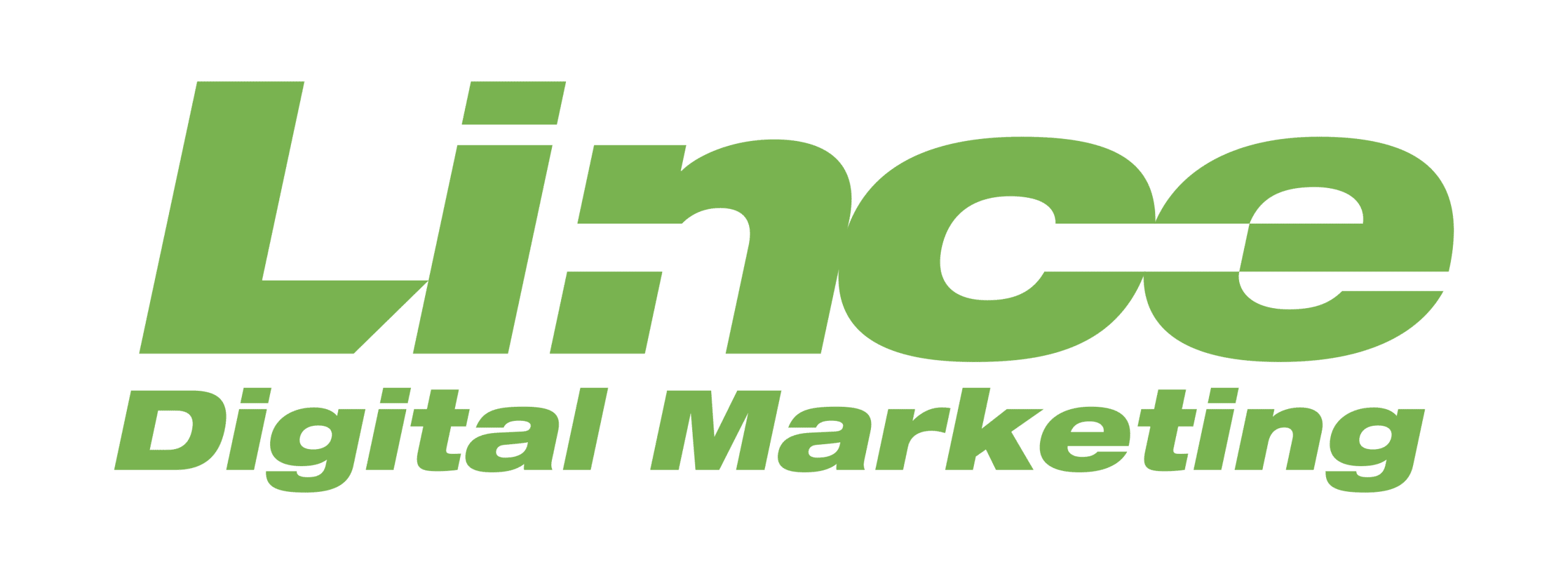A solid content strategy is essential to increase conversions and engage your customers.
Welcome to the world of content strategy, where words hold the power to captivate, convert, and engage your customers. In today’s digital landscape, a solid content strategy is no longer just an option – it’s necessary. Whether you’re a business owner looking to increase conversions or a marketer aiming to connect with your audience on a deeper level, this blog post will guide you through the art and science of creating an effective content strategy that delivers results.
So buckle up and get ready to discover how strategic planning can transform your online presence into a dynamic powerhouse that attracts and retains loyal customers. From defining what constitutes content strategy to uncovering common mistakes in its implementation, we’ll cover all the bases so you can confidently embark on your journey toward success.
Are you ready? Let’s dive right in!
Defining content strategy
Content strategy is the backbone of your online presence. It encompasses planning, creating, distributing, and managing content across various platforms to achieve specific goals. But it’s more than just churning out blog posts or social media updates; it’s about crafting a cohesive narrative that aligns with your brand voice and resonates with your target audience.
At its core, content strategy involves understanding who you are as a brand and your customers. It’s about identifying their pain points, desires, and motivations so you can create relevant and valuable content that addresses their needs. This requires thorough research, analyzing data, and staying attuned to industry trends.
Once you clearly understand your audience’s personas, it’s time to define your objectives. Are you looking to increase conversions? Boost brand awareness? Establish yourself as an authority in your field. By setting measurable goals upfront, you can tailor your content strategy accordingly.
Next comes the fun part – brainstorming ideas for engaging content that will capture attention and keep readers returning for more. From informative articles packed with actionable tips to visually stunning infographics or entertaining videos, there are countless ways to deliver value while showcasing what makes your brand unique.
Of course, no successful content strategy is complete without a plan for distribution and promotion. After all, what good is amazing content if no one sees it? This involves leveraging various channels, such as social media platforms like Instagram or LinkedIn, email marketing campaigns, or partnerships with influencers to amplify reach.
Ultimately, content strategy is an ongoing process that requires constant evaluation and refinement.
Your approach must adapt as the digital landscape evolves and customer preferences shift.
The key lies in regularly analyzing performance metrics, receiving customer feedback, and staying ahead of emerging trends.
This allows you to identify areas where improvements can be made and seize new opportunities for growth.
Therefore, a robust,content-focused mindset, combined with continuous learning, is crucial to stay competitive in today’s fast-paced, digital world.
The benefits of a solid content strategy
A solid content strategy is like a roadmap that guides your brand toward success. It helps you define your goals, identify your target audience, and create valuable content that resonates with them. But what are the actual benefits of having a well-defined content strategy? Let’s explore.
First and foremost, a solid content strategy can greatly increase your conversions. By understanding your audience’s needs and preferences, you can create tailored content that speaks directly to them. This targeted approach attracts more visitors and improves the chances of converting those visitors into paying customers.
Moreover, an effective content strategy is key to engaging your customers. Engaging content builds trust and credibility with your audience, making them more likely to return for more information or make a purchase. It allows you to connect deeper by providing value through educational or entertaining materials.
In addition to conversions and engagement, a strong content strategy also helps build brand awareness. It consistently produces high-quality content, positioning your brand as an authority in its niche. This boosts visibility among potential customers actively seeking solutions related to your industry.
Furthermore, having a clear plan for creating and distributing valuable content saves you time and resources in the long run. With an efficient workflow established through proper planning, you can streamline creating new material while maintaining consistency across different platforms.
Lastly, an effective content strategy enables you to adapt and stay ahead of competitors within your industry. Regularly analyzing data from various sources, such as website analytics or social media insights, allows you to make informed decisions about what type of content performs best for specific segments of your audience.
In conclusion, a solid content the strategy offers numerous advantages, including increased conversions, better customer engagement, improved brand awareness, time savings, and staying ahead of competitors.
Investing time into developing a comprehensive content the strategy pays off significantly in terms of boosting overall business success.
So don’t underestimate the power of a well-thought-out content plan!
How to create a content strategy
Creating a solid content strategy is key to achieving success with your online marketing efforts. It involves carefully planning and organizing your content to engage your target audience effectively and increase conversions. Here are some steps you can take to create an effective content strategy.
1. Define Your Goals: Start by clearly defining what you want to achieve with your content. Are you looking to generate leads, increase brand awareness, or drive sales? Understanding your goals will help shape the rest of your strategy.
2. Know Your Audience: Take the time to research and understand your target audience. Identify their needs, preferences, and pain points so that you can tailor your content specifically for them.
3. Conduct Keyword Research: Keyword research is essential for optimizing your content for search engines and attracting organic traffic. Use keyword research tools like Google Keyword Planner or SEMrush to identify relevant keywords that align with user intent and search volume.
4. Plan Content Types: Determine what types of content will best resonate with your audience based on their preferences and interests. This could include blog posts, videos, infographics, ebooks, or podcasts.
5. Develop a Content Calendar: Create a calendar outlining when each content will be published across various channels such as social media platforms or email newsletters.
6. Focus on Quality: Remember that quality always trumps quantity when creating successful content strategies.
7. Promote Your Content: Remember to promote each piece of valuable content through distribution channels like social media sharing, email campaigns, etc.
By following these steps in creating a solid content strategy, you’ll be well-positioned to engage customers, maintain customer loyalty, and ultimately boost conversions!
What to consider when creating your content strategy
When creating your content strategy, there are several key factors to consider. First and foremost, you need to understand your target audience. Who are they? What do they want? By understanding their needs and interests, you can create content that resonates with them and keeps them engaged.
Next, think about the goals of your content strategy. Are you trying to increase conversions? Build brand awareness? Improve customer engagement? Knowing what you want to achieve will help guide your content creation efforts.
Another important consideration is the platforms and channels where you will distribute your content. Will it be on social media? Your website? Email newsletters? Each forum requires a different approach and format for optimal engagement.
Additionally, consider the type of content that best suits your audience and goals. Will blog posts work well for educating customers, or would video tutorials be more effective?
Remember to measure the success of your content strategy. Set up analytics tools to track page views, click-throughs, and email open rates. This data will provide valuable insights into what works well and what needs improvement.
By considering these factors when creating your content strategy, you’ll be better equipped to deliver engaging and targeted content that drives conversions while keeping your customers satisfied!
Common mistakes to avoid with your content strategy
Avoiding common mistakes is crucial when creating an effective content strategy. Here are some pitfalls to steer clear of:
1. Lack of audience research: Failing to understand your target audience can lead to irrelevant and unengaging content. Take the time to conduct thorough research and develop buyer personas.
2. Inconsistent branding: Consistency is key to building brand recognition and trust. Use consistent messaging, tone, and visual elements across all your content platforms.
3. Neglecting SEO optimization: Ignoring SEO best practices means missing out on valuable organic traffic. Optimize your content with relevant keywords, meta tags, and quality backlinks.
4. Overlooking a variety of formats: Different people consume information in different ways. Expand to multiple formats; explore videos, infographics, podcasts, or interactive quizzes to cater to diverse preferences.
5. Poorly defined goals: With clear objectives, you can avoid creating aimless content that fails to drive conversions or engagement. Set specific goals for each piece of content you make.
6. Creating overly promotional content: Constantly pushing sales pitches can turn off potential customers. Deliver value by providing informative and educational material along with promotions.
Remember that no two businesses are exactly alike; what works for one may not work for another. Content strategies require ongoing evaluation and adjustment.
So keep experimenting while avoiding these common mistakes!
Conclusion
A solid content strategy is the backbone of any successful marketing campaign. It helps increase conversions and engages your customers on a deeper level. You can create a winning content strategy by defining your goals, understanding your target audience, creating valuable and relevant content, and optimizing it for search engines.
When crafting your content strategy, consider factors such as keyword research to optimize for SEO, consistency in messaging across different platforms, and leveraging data analytics to measure the effectiveness of your efforts. Remember that quality trumps quantity when it comes to content creation.
Avoid common mistakes like neglecting to update or repurpose old content, ignoring the power of storytelling in engaging with your audience emotionally, and overlooking the importance of incorporating visual elements into your strategy.
By investing time and effort into developing a solid content strategy tailored to meet the needs of your audience while aligning with business objectives, you can boost conversions and foster long-term customer engagement.
So don’t wait any longer – start strategizing today! With a well-defined plan in place, you’ll be able to captivate your customers’ attention, drive more traffic to your website or blog posts, convert leads into sales effectively, and ultimately achieve success in today’s competitive digital landscape.
Marketing Agency Fort Lauderdale
by: Roman Novoa















